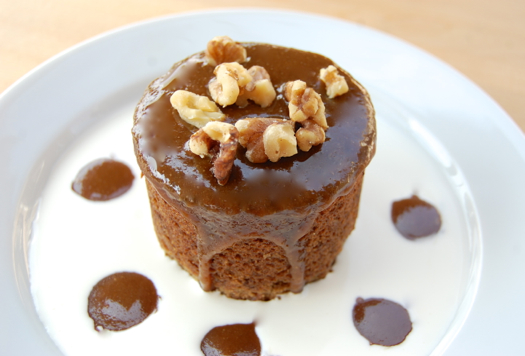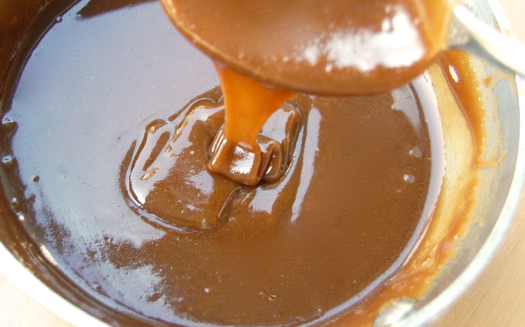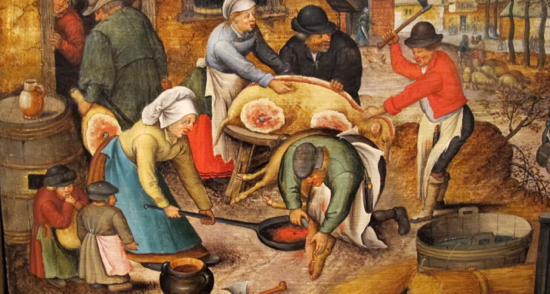
By 1975, rock music had become a parody of itself. The Beatles were split up, Jimi Hendrix and Jim Morrison were dead. A lot of the great bands from the 60’s were still playing (The Who, the Stones, The Band and the Grateful Dead spring to mind) but most of the vitality was gone from the form. Popular culture had moved on to disco and lite rock acts like Seals & Crofts and England Dan & John Ford Coley. Little kids like my sister and me were listening to the Partridge Family, the Bay City Rollers, Wings and Leif Garrett. Concert goers were thrilling to the theatrics of KISS. Intellectual types were swooning to pompous art rock bands like Spirit, Yes, Genesis, King Crimson, and Emerson, Lake & Palmer. Some of it was fun, a little of it was artistic, none of it was rock n’ roll.
READ ON



